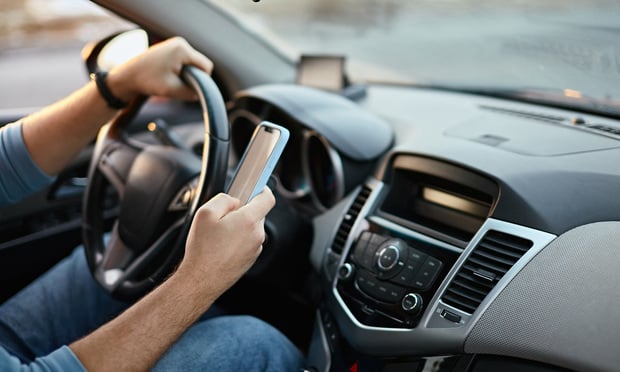 How can those who find themselves in the passenger seat next to a texting driver put a stop to their risky behavior? By using their voice. (Credit: perfectlab/Adobe Stock)
How can those who find themselves in the passenger seat next to a texting driver put a stop to their risky behavior? By using their voice. (Credit: perfectlab/Adobe Stock)
The dangers of texting and driving have been drilled into the heads of drivers (and future drivers, alike) for years, and for good reason. In 2021 alone, despite the awareness that has been raised about the issue, 3,522 people lost their lives because of a distracted driver, according to the National Highway Traffic Safety Association (NHTSA).
Recommended For You
Want to continue reading?
Become a Free PropertyCasualty360 Digital Reader
Your access to unlimited PropertyCasualty360 content isn’t changing.
Once you are an ALM digital member, you’ll receive:
- Breaking insurance news and analysis, on-site and via our newsletters and custom alerts
- Weekly Insurance Speak podcast featuring exclusive interviews with industry leaders
- Educational webcasts, white papers, and ebooks from industry thought leaders
- Critical converage of the employee benefits and financial advisory markets on our other ALM sites, BenefitsPRO and ThinkAdvisor
Already have an account? Sign In Now
© Touchpoint Markets, All Rights Reserved. Request academic re-use from www.copyright.com. All other uses, submit a request to [email protected]. For more inforrmation visit Asset & Logo Licensing.








